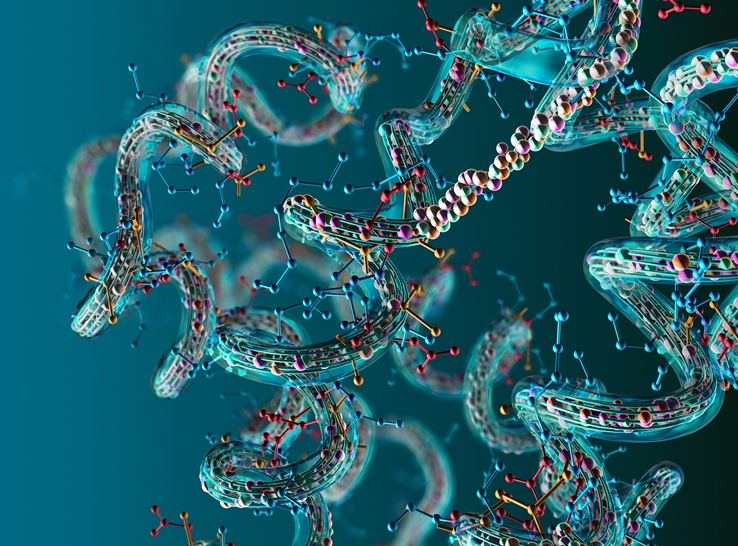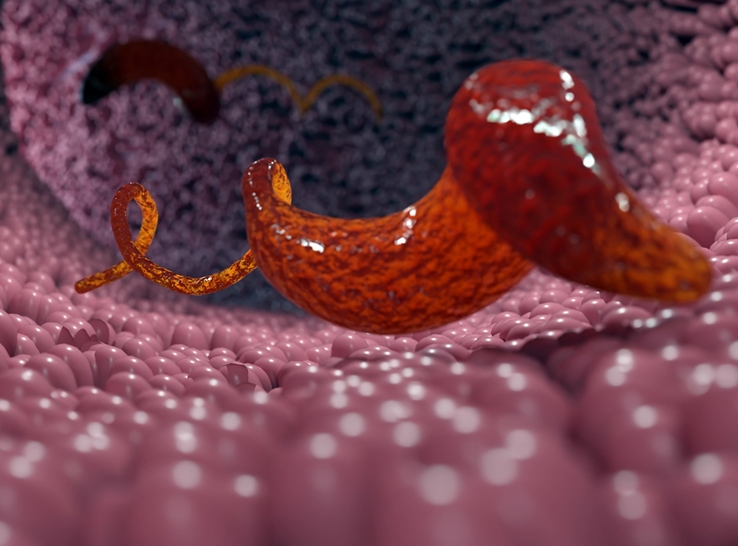Light intensity has been shown to affect the activity of birds, but most studies have focused on constant light intensities to determine their effect on welfare.
A recent study led by David Caldwell, head of the poultry science department at the University of Arkansas, used objective measures to evaluate the impact on broiler welfare (i.e., lameness, stress and behavior) by light sources and intensity.
He and his team had three goals:
- Determine the effects of variable intensity lighting and a natural lighting program on behavior gait score and stress hormone corticosterone (CORT) compared to constant light intensity program in commercial broiler farm.
- Investigate the effect of enrichment huts on broiler behavior, gait scores and stress in the different lighting programs of commercial farms.
- Evaluate central-positive welfare indicators affected by various light intensities, natural lighting programs and enrichment hut treatments in commercial broiler farms.
Results of the first objective showed that the variable light (VL) intensity lighting program stimulated the dustbathing behavior and volunteer movement of birds. In addition, litter-moisture content and footpad lesions were lowest in the VL intensity lighting program house.
The number of culled birds in the VL-treated house was significantly lower than 5 lux, 20 lux, and natural light (NL) birds on day 49. Total mortality was 25% lower in VL birds compared to NL birds. Average FCR (feed conversion ratio) of VL birds was 2.2 % lower compared to 20 lux and NL birds.
The enrichment hut and VL intensity lighting program stimulated natural behavior and reduced the number of culled birds synergistically for the second objective.
Results of brain-welfare indicator gene expression signified that the high stress in 5 lux birds compared to 20 lux and VL birds. There was also chronic social defeat stress in NL birds compared to 5 lux, 20 lux, and VL birds.
Findings of this study shed light on the effects of variable light intensity lighting programs on commercial broilers, providing valuable new information on how lighting programs may improve broiler welfare and performance in commercial broiler farms. Long-range benefits will be the reduced production cost and the improved health of birds in the commercial broiler industry.
The research was made possible in part by an endowing Foundation gift from Simmons Foods and proceeds from the International Poultry Expo, part of the International Production & Processing Expo (IPPE). The research is part of the USPOULTRY’s comprehensive research program encompassing all phases of poultry and egg production and processing.
Editor’s note: Content on Modern Poultry’s Industry Insights pages is provided and/or commissioned by our sponsors, who assume full responsibility for its accuracy and compliance.








